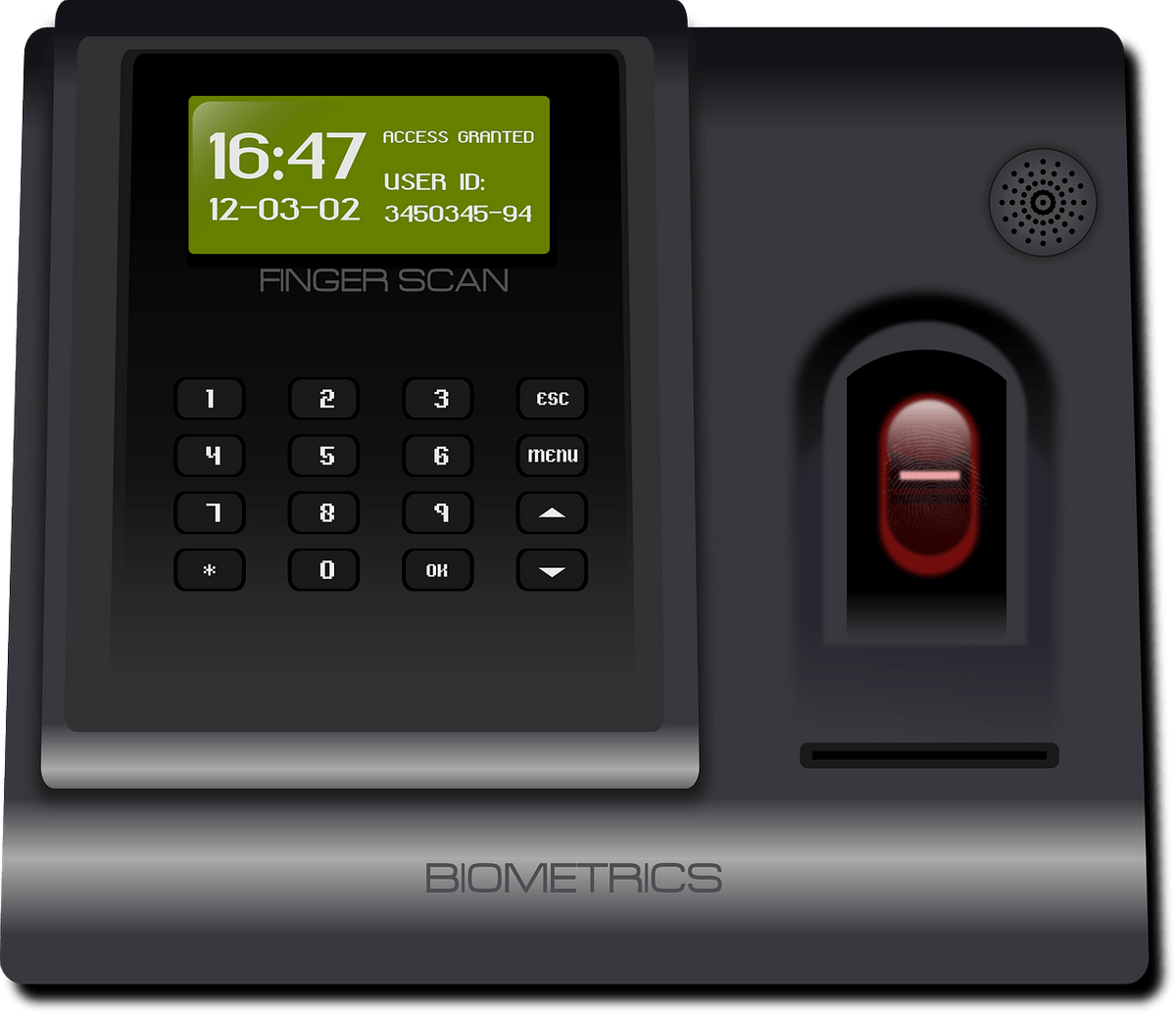
Are you in need of a biometric fingerprint time clock? The biometric fingerprint time clock on this page helps prevent employee punching in absence from using their fingerprint. It also prevents stealing by requiring employees to swipe or key in their fingerprint rather than punching in an access code.
Biometric time clock systems generally utilize digital signatures to authenticate employees. If employees carry a card or other authentic token that contains their fingerprint information, they can log into the system and reset their passwords. They also have the option of using biometrics tied to actual equipment that detects physical markers, such as fingerprints. When this equipment's sensors detect unusual fingerprints, they are flagged. The system then notifies management. Management can approve or deny access to time clocks based on security clearance levels.
Some biometric time clocks use voice recognition to match fingerprints to timekeeping information. In this manner, the information matches whether spoken or written. Here is a faster process than typing a number on a clipboard and speaking the number incorrectly. However, some management concerns about this technology do exist. Specifically, some worry about employers capturing private information such as social security numbers or credit card information, and using such information to populate the timecards.
Biometric time clocks are not inherently defective. They can save companies thousands of dollars per year in payroll and improve security authentication. However, it is up to management to determine whether they are right for their business. If they are, they should make sure to carefully evaluate the cost and benefits of implementing this new timekeeping solution. Only then should they consider if they need to outsource to a professional time clock or not.
For more info about this topic, visit: https://en.wikipedia.org/wiki/Clock.